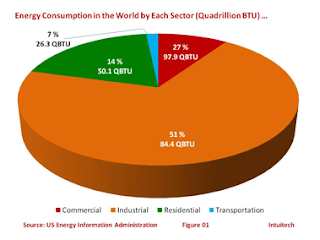Historical Solutions
Technology solutions to assist with case management are being developed by vendors and governments around the world right now, ushering in the next wave of technological innovation.
“Pen and paper” is the classic system for client management and is still in use as a supporting system in most agencies and is in many cases the primary system still in use.
As a manager in a human service organization you are familiar with the extensive amounts and varying elements of information that gets collected in client services including demographics, intakes, assessments, alerts, a variety of notations, test scores, attendance information, billings and eligibility information, histories, counselling notes and family genealogies and so much more…
Though paper based systems can be highly complex and sometimes highly efficient, with varying degrees of privacy and security, they are dinosaurs and will be replaced eventually, even in third world organizations. The ubiquity of cheap technology and the needs of governments and funders for accountability demand electronic solutions for data management. Funding will become dependent on electronic systems. No data, no accountability = no funding.
Organizations also use a multitude of database and calculation products, eg., Microsoft Excel and MS Access, FoxPro data bases and proprietary systems (see appendix for a list of case management applications) they either purchased or worked with a developer to customize/develop for their own organization. Many organizations have resorted to building customize applications to support their own unique enterprise because they are unable to find flexible solutions in off-the-shelf products.
One of the first trends on non-profit software solutions came in the form of fund raising software. Probably the leader in this field is Razor’s Edge and while they are expensive, they are also wide spread. Many small vendors with their own proprietary and “cheap or open source applications” try to compete with Razor’s Edge to varying degrees of success. By 1999 the major trend in software development for the non-profit sector was in fund raising and donor management software – driven by accountants for accountability to donors and government. Why? I go back to what I stated above about the attitude the business community has towards the non-profit community. They view this community through a lens of “charity” which is associated with donations, donors, fund raising and grants. No one was focused on providing solutions to these disparate agencies that would help them fulfill their services because no one outside the industry really knows what all these non-profits actually do. Once you become aware of the diversity, breadth and complexity of the work these millions of social workers actually perform, you could never build an application that would meet all their needs anyway and even if you could it would cost a fortune and they couldn’t afford it. That was the thinking at the beginning of the 90s; but something in addition to the market driver of public sector reform changed the landscape and began to make it possible for solution to start penetrating this marketplace. The Internet and the associated rise in web technologies.

Comments